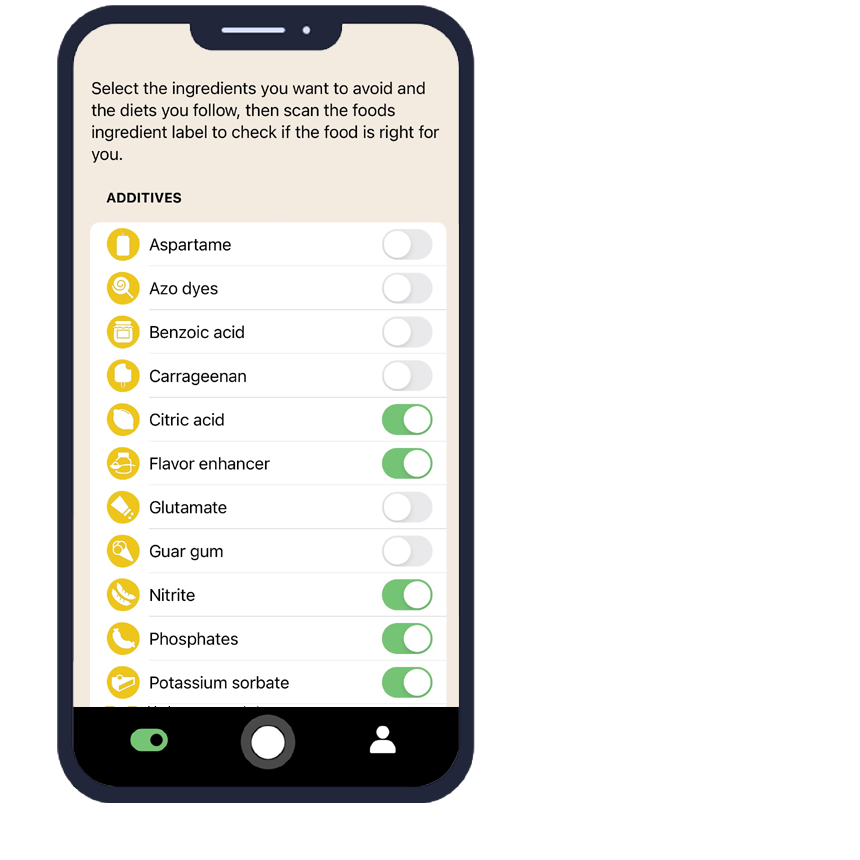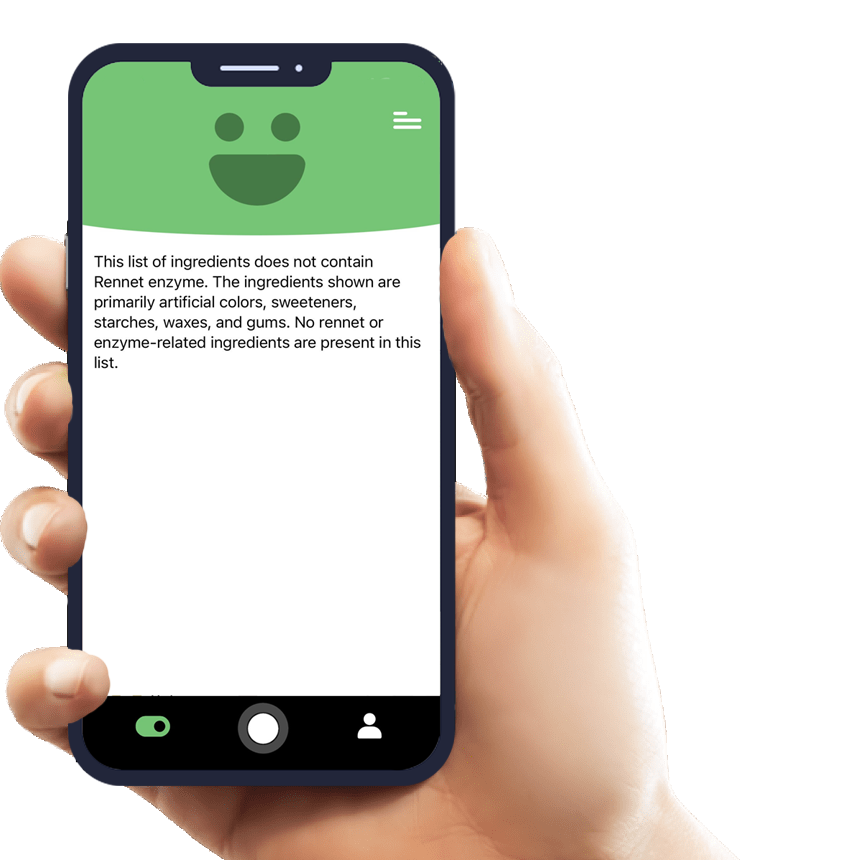Everything You Need to Know About Celery and How AI Eat This Can Help You Avoid It
Celery is one of the 14 major allergens recognized in food labeling regulations across many countries. While this common vegetable appears harmless to most people, it can trigger serious allergic reactions in sensitive individuals. For those managing Celery allergies, intolerances, or specific dietary restrictions, identifying this ingredient in processed foods can be challenging and time-consuming.
The AI Eat This app revolutionizes how consumers navigate food safety by instantly scanning ingredient lists and identifying Celery in any product. This innovative tool helps users make informed dietary choices quickly and confidently, ensuring they can avoid problematic ingredients while maintaining their preferred lifestyle.
What Is Celery and Where Is It Used?
Celery (Apium graveolens) is a marshland plant that belongs to the Apiaceae family. In the food industry, Celery appears not only as a whole vegetable but also as an extract, powder, or seasoning ingredient. Food manufacturers commonly use Celery for its distinctive flavor profile and natural preservation properties.
This versatile ingredient frequently appears in processed foods, soups, sauces, and seasoning blends. Many consumers don't realize that Celery can be present in unexpected products, making ingredient identification crucial for those with sensitivities.
Common Foods Containing Celery
Celery appears in numerous food products beyond fresh produce sections. Understanding where this ingredient commonly hides helps consumers make safer food choices:
- Soup mixes and bouillon cubes
- Salad dressings and marinades
- Seasoning blends and spice mixes
- Processed meats and sausages
- Vegetable juices and smoothie mixes
- Ready-made sauces and gravies
- Frozen meals and convenience foods
Is Celery Safe? What Does the Research Say?
For the general population, Celery is considered safe and nutritious. The FDA, EFSA, and WHO recognize Celery as a common food ingredient without specific consumption limits for healthy individuals. These regulatory bodies emphasize proper labeling requirements to protect consumers with allergies.
However, Celery safety becomes a significant concern for individuals with specific sensitivities. Research shows that Celery allergies can range from mild oral symptoms to severe anaphylactic reactions, making accurate ingredient identification essential for affected consumers.
Regulatory Approvals and Guidelines
International food safety authorities require clear Celery labeling on packaged foods. The European Union includes Celery among the 14 major allergens that must be highlighted on ingredient lists. Similarly, many countries have adopted comprehensive labeling requirements to protect consumers with food additives sensitivities.
These regulations ensure that manufacturers cannot hide Celery in generic terms like "natural flavoring" or "spices," providing transparency for consumers managing dietary restrictions.
Risks for Specific Groups
While generally safe, Celery poses specific risks for certain individuals. People with Celery allergy may experience symptoms ranging from mild itching to severe respiratory distress. Additionally, individuals with birch pollen allergies often develop cross-reactivity to Celery due to similar protein structures.
Those following specific dietary protocols or managing multiple food sensitivities must remain vigilant about Celery presence in processed foods. The complexity of modern food manufacturing makes manual ingredient checking both tedious and error-prone.
How Does AI Eat This Help You Avoid Celery?
The AI Eat This app transforms ingredient identification from a time-consuming chore into an instant, reliable process. Users simply point their smartphone camera at any food label, and the app's advanced artificial intelligence immediately scans and analyzes the entire ingredient list in any language.
When Celery is detected, the app provides clear alerts and detailed information about the ingredient's presence. Users can customize their profiles to flag Celery specifically, ensuring they receive personalized warnings every time they scan a product containing this allergen.
The app's multilingual capabilities make it invaluable for travelers or those shopping for international products. Whether ingredient lists appear in English, Spanish, French, or dozens of other languages, AI Eat This accurately identifies Celery and other concerning ingredients.
Who Should Avoid Celery?
Several groups of people should exercise caution with Celery consumption. Individuals diagnosed with Celery allergy must completely avoid this ingredient to prevent potentially dangerous reactions. The severity of Celery allergy varies significantly between individuals, with some experiencing mild symptoms while others face life-threatening responses.
People with birch-mugwort-Celery syndrome should also avoid Celery, as this condition involves cross-reactive allergies between these substances. Additionally, individuals following elimination diets or managing multiple food sensitivities may need to temporarily or permanently restrict Celery intake.
Those with oral allergy syndrome frequently react to Celery, particularly when consuming raw forms of the vegetable. Understanding these risk factors helps consumers make appropriate dietary decisions for their health needs.
Tips for a Celery-Free Diet
Maintaining a Celery-free diet requires vigilance and strategic planning. Reading ingredient labels carefully remains the most important step, though this process becomes much easier with AI Eat This scanning technology. Focus on whole, unprocessed foods when possible, as these naturally avoid hidden Celery ingredients.
When dining out, inform restaurant staff about your Celery sensitivity and ask about ingredient lists for prepared foods. Many establishments use pre-made seasonings or soup bases that may contain Celery without obvious indication on menus.
Consider preparing homemade versions of commonly problematic foods like soup stocks, salad dressings, and seasoning blends. This approach provides complete control over ingredients while often delivering superior flavor and nutritional value.
Conclusion
Understanding Celery as a potential allergen and food additive empowers consumers to make safer dietary choices. While this common ingredient poses no risk to most people, those with Celery allergies or sensitivities must remain vigilant about its presence in processed foods.
The AI Eat This app eliminates guesswork from ingredient identification, providing instant, accurate scanning of food labels in any language. This technology transforms dietary restrictions management from a stressful, time-consuming process into a simple, reliable routine.
Take control of your dietary safety and convenience today. Download AI Eat This for free testing today and experience how smart ingredient scanning can simplify your Celery-free lifestyle while keeping you safe and informed about every food choice you make.

70 filters
With over 70 filters, you can easily avoid certain ingredients and follow your dietary preference.

Paleo

Pescetarian

Ultra-processed food

Vegan







































































